Fault lines from Syria are now very much apparent in Lebanon.
With the conflict in Syria now well into its third year, it is important to take stock of some of the broader trends that are being driven by this unfolding tragedy in the Middle East. An informed understanding of the situation in Syria is critical toward mitigating a range of risks – political, economic, or security – for investors, decision-makers, and analysts alike.
The conflict in Syria has already confirmed fears of its potential to engulf Syria’s immediate neighbors. To different degrees, Lebanon, Turkey, Jordan, Iraq, and Israel have all been impacted directly (and indirectly) by the popular uprising and subsequent outbreak of a full-blown civil war in Syria. In many respects, Lebanon, Turkey, Jordan, Iraq, and Israel are all part of the broader social, political, ideological, and kinetic battlespace that is being leveraged by a resilient and emboldened Ba’athist regime headed by Syrian President Bashar al-Assad and his supporters, as well as the numerous armed opposition factions seeking al-Assad’s ouster. The web of domestic and foreign interests that underlie Syria’s civil war are also being directly shaped by (or are themselves a product of) the peculiarities – social, political, demographic, economic, and geopolitical – unique to the Levant’s societies and politics.
In the weeks ahead, Helios Global’s World Trends Watch is offering readers a snapshot of some of the most pressing risks stemming from the conflict in Syria today, specifically as they relate to regional stability in the Levant. Our first installment examines some of the factors impacting stability in Lebanon as a result of the conflict in Syria. Subsequent analyses will examine the situations in analogous contexts in Turkey, Jordan, Iraq, Israel, and the numerous Palestinian refugee camps situated throughout the region.
The Incremental Destabilization of Lebanon
To date, the heightened state of tensions in Lebanon represents the clearest example of the potential risks to neighboring countries resulting from Syria’s implosion. In comparative terms, Lebanon has borne the brunt of the regional pressures and stresses emanating from the conflict in Syria. Initial social and economic pressures are giving way to heated political fights between rival factions that are playing themselves out through outbursts of violence. So long as the conflict in Syria persists, the incremental destabilization of Lebanon will continue.
Due to its geographic proximity to Syria, Lebanon has become overwhelmed with Syrian refugees streaming into the country in order to flee the fighting at home. Lebanon is reported to officially host around 550,000 Syrian refugees, the most of any of Syria’s neighbors. Yet, Lebanese and other international observers claim the actual figure to be much higher, as most official estimates fail to account for the number of refugees who have not registered with the United Nations (UN) or Lebanese government bodies. Some estimates suggest that up to 1,000,000 Syrian refugees may have in fact entered Lebanon.
Politics aside, the toll of this refugee flood into a country of around 4.3 million people has left Lebanon in a very dire position. The massive influx of Syrians has taxed Lebanon’s already meager humanitarian and infrastructure capacity to the breaking point. International commitments to help Lebanese authorities cope with the wave of refugees have fallen well short of delivering the scale of relief required to alleviate the situation. Persistent shortages of adequate housing for the most desperate refugees, as well as access to sufficient food and proper medical care, are among the most pressing immediate concerns.
A host of longer-term worries stemming from Lebanon’s inadequate institutional and infrastructure capacity are also presenting a host of burdens. Syrian children are having trouble enrolling into Lebanese schools. As foreigners, the prospects for Syrian refugees finding stable employment in Lebanon outside of what is often a highly exploitative and insecure informal labor sector are also grim in an already weak economic climate. Popular resentment toward the Syrian presence in Lebanon is also growing, even in communities that are generally sympathetic to the refugees’ plight and aligned politically and ideologically with the Ba’athist regime. This is the case despite the fact that many Lebanese share close cultural and familial ties with Syrians, and Syrian guest workers already figure prominently in the Lebanese labor sector. These problems are exacerbated by Lebanon’s dire economic situation. Inflation is rampant and the costs of fuel, food, and other vital consumer goods continue to rise for Lebanese consumers. The conflict in Syria has also decimated Lebanon’s lucrative tourism sector. Lebanon’s vital trade relations with Syria and its neighbors have also taken a major hit due to the conflict.
On the domestic political front, a climate of hostilities between Lebanese opponents of Syria’s Ba’athist regime – led by the March 14 bloc of political parties and associations headed by former Lebanese Prime Minister Saad al-Hariri’s Future Movement and its hardline Salafist affiliates – and Syria’s Lebanese allies – namely, the March 8 bloc of political parties and associations that includes Hezbollah – is increasingly translating into violence. This period of tensions contributed to Najib Mikati’s decision to resign as prime minister in March, a move that escalated tensions in the country even further.
Fractured and Divided Polity
Due to its social, political, economic, cultural, demographic, and geographic conditions, Lebanon is especially sensitive to the current circumstances in Syria. Lebanon remains a fractured and divided polity riven by political and sectarian factions that were themselves shaped by years of civil war. In many respects, the fault lines that have emerged in Syria since the start of the anti-Ba’ath uprising are very much apparent in Lebanon.
The March 14 bloc and its allies, which includes adherents of Lebanon’s growing radical Sunni Salafist current, have been among the most vocal in terms of lending support to the political and armed opposition in Syria. For these factions, the civil war in Syria has provided them with an opportunity to challenge their local rivals, namely, the March 8 bloc led by Shi’a Hezbollah. Lebanese militants have figured prominently among the armed opposition in Syria. Towns and villages that tend to sympathize with the armed opposition, such as the northern town of Arsal, which lies just inside Lebanon along the Lebanese-Syrian border in the Bekaa Valley and hosts a largely Sunni population, are serving as logistical and operational hubs for the armed opposition in Syria. As a result, Syrian forces have launched a series of attacks against suspected insurgent positions located in and around Arsal in recent months.
Skirmishes between armed opposition factions and Syrian security forces are increasingly being fought inside Lebanese territory. Radical ideologues based in the traditional bastions of hardline Salafist influence in Lebanon, including the cities of Tripoli in the north and Sidon in the south, are increasingly challenging al-Assad’s allies in the country through open and often violent confrontations, while simultaneously imploring their followers to travel to Syria and take up arms alongside the armed opposition.
The recent exploits of the radical Salafist cleric Sheikh Ahmed al-Assir in Abra, a suburb of Sidon, are illustrative of the scale of the crisis confronting Lebanon. Al-Assir’s loyalists attacked Lebanese security forces in the area. The clashes left 12 Lebanese soldiers dead and scores injured. Al-Assir’s reliance on sectarian invective targeting Hezbollah, Shi’a Muslims in general, and Iran is raising fears of further destabilization and even civil war.
Hezbollah's Involvement
Growing evidence of Hezbollah’s involvement in the Syrian conflict in places such as al-Qusayr in Homs Province, a stronghold of the Syrian opposition that has since fallen to Damascus, and towns and villages in its immediate vicinity, ostensibly on the side of the Ba’athist regime, has also exacerbated tensions in Lebanon. Al-Qusayr and its surrounding areas are strategically important because they lie between Damascus and Syria’s Mediterranean coast. Hezbollah justified its actions by claiming to protect a network of towns and villages located around al-Qusayr whose diverse collection of inhabitants – including Shi’a, Sunnis, Christians, and Alawites – assert Lebanese nationality in a heavily contested area located along the Lebanese-Syrian frontier. Hezbollah’s growing profile in Syria, combined with the Ba’athist regime’s continued resilience, likely portends a steady intensification of Sunni-Shi’a hostilities in Lebanon in the weeks and months ahead.
As Syria’s Ba’athist regime endures, Salafist-dominated armed opposition elements (and their foreign benefactors, such as Saudi Arabia and Qatar) are likely to direct their attention toward destabilizing Lebanon by attacking pro-Syrian factions inside the country. For Saudi Arabia and Qatar, the destabilization of Lebanon would put Hezbollah on the defensive, diminishing its ability to operate in Syria. Armed opposition elements struggling against the Ba’athist regime are also issuing threats against Hezbollah and its allies in Lebanon due to their involvement in Syria.
In light of the numerous gains secured by Syrian security forces on the battlefield in recent weeks in regions once regarded as insurgent strongholds, growing threats issued by the Syrian armed opposition against Hezbollah in Lebanon may reflect a sign of weakness on their part. As armed opposition factions fail to make gains against Syrian security forces, some groups may choose to expand their area of operations by striking the Ba’athist regime’s Lebanese allies. This strategy also signals an attempt to weaken Iran, a key supporter of the Ba’athist regime and Hezbollah.
For example, Dahiyah, the southern suburb of Beirut whose inhabitants are largely Shi’a and sympathetic to Hezbollah, was targeted in a rocket attack in late May. As a result, sectarian clashes and displays of popular unrest are becoming more frequent across Lebanon. In the context of wider regional developments, incendiary incidents such as these have the potential to explode quickly and without notice, leaving Lebanon increasingly unstable and insecure for its residents, as well as visitors and investors.
Risks
The ongoing conflict in Syria will continue to threaten to destabilize Lebanon in the weeks and months ahead. The potential risks affecting Lebanon encompass social, political, economic, as well as security arenas. Just as important, the prospect of what appears to be an increasingly emboldened and resilient Ba’athist regime in Syria raises the level of risk associated with visiting and operating in Lebanon. Armed opposition factions (and their foreign supporters) are more likely to attempt to target Syria’s allies in Lebanon in order to compensate for their inability to achieve substantive victories on Syrian soil.
*[This article, originally published with the title, "As Regional Stability Crumbles, Risk of Conflict Engulfing Syria’s Neighbors Grows: A Look at Lebanon," has been reproduced with the permission of Helios Global, Inc. Copyright 2013 Helios Global, Inc.”]
The views expressed in this article are the author's own and do not necessarily reflect Fair Observer’s editorial policy.
Image: Copyright © Shutterstock. All Rights Reserved
Support Fair Observer
We rely on your support for our independence, diversity and quality.
For more than 10 years, Fair Observer has been free, fair and independent. No billionaire owns us, no advertisers control us. We are a reader-supported nonprofit. Unlike many other publications, we keep our content free for readers regardless of where they live or whether they can afford to pay. We have no paywalls and no ads.
In the post-truth era of fake news, echo chambers and filter bubbles, we publish a plurality of perspectives from around the world. Anyone can publish with us, but everyone goes through a rigorous editorial process. So, you get fact-checked, well-reasoned content instead of noise.
We publish 2,500+ voices from 90+ countries. We also conduct education and training programs
on subjects ranging from digital media and journalism to writing and critical thinking. This
doesn’t come cheap. Servers, editors, trainers and web developers cost
money.
Please consider supporting us on a regular basis as a recurring donor or a
sustaining member.
Will you support FO’s journalism?
We rely on your support for our independence, diversity and quality.




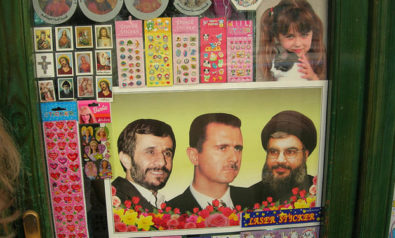
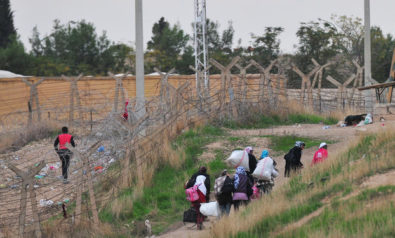
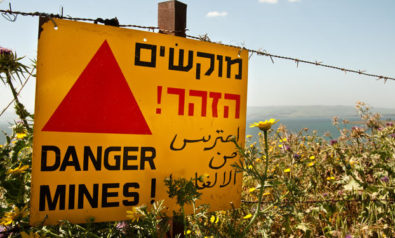
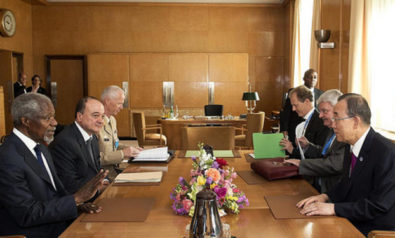

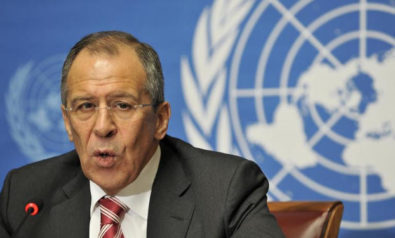
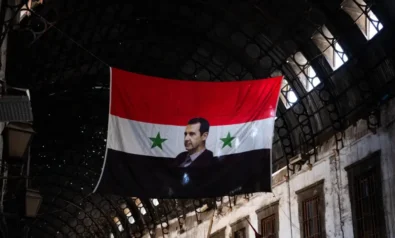
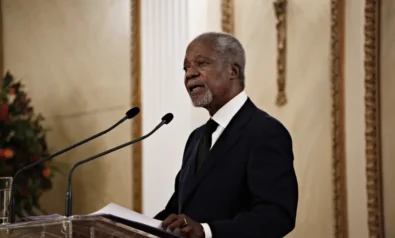
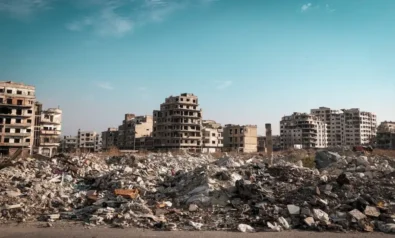
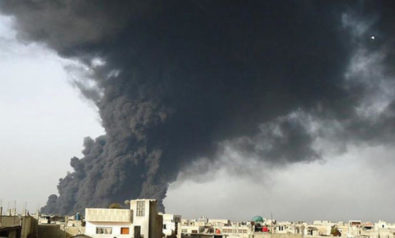

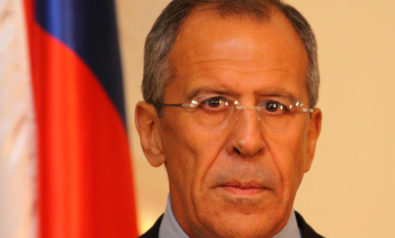
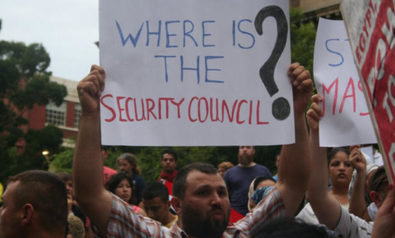
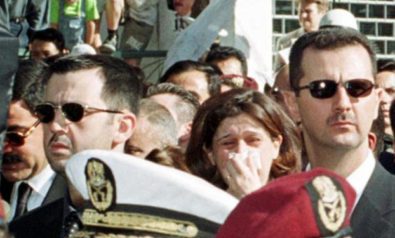
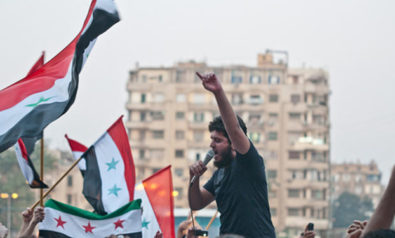
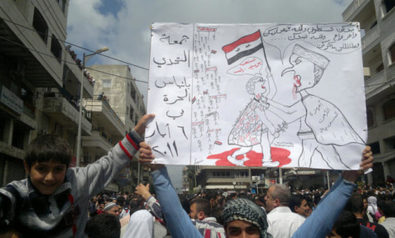
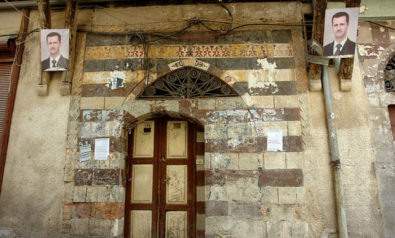

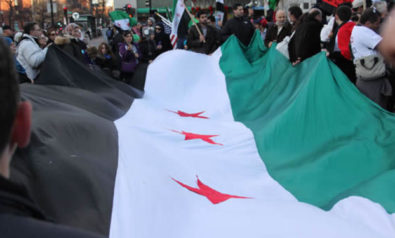
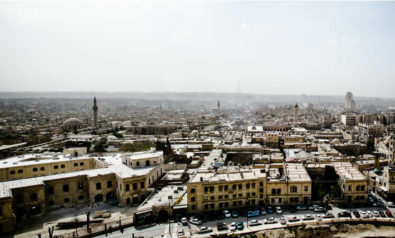
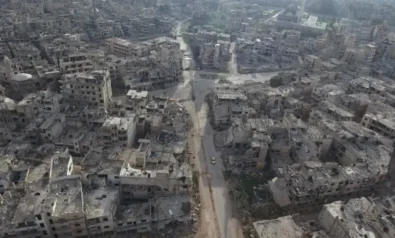
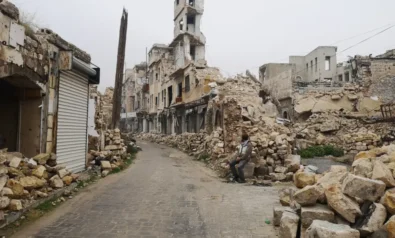
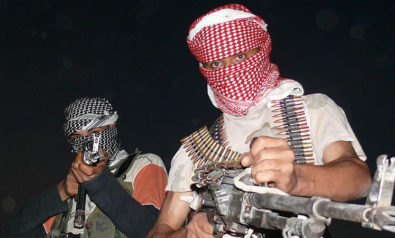
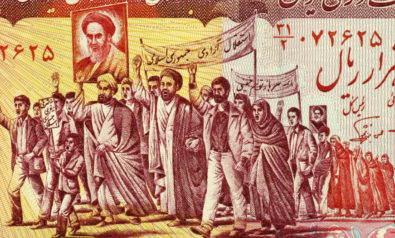


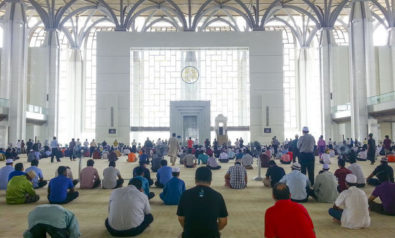

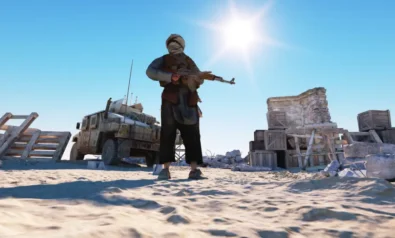
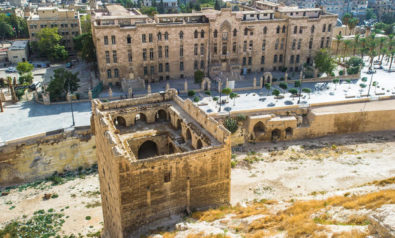
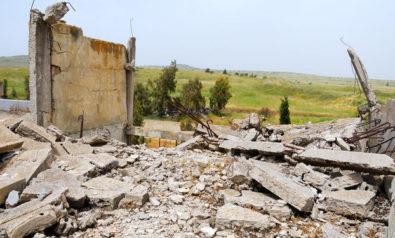
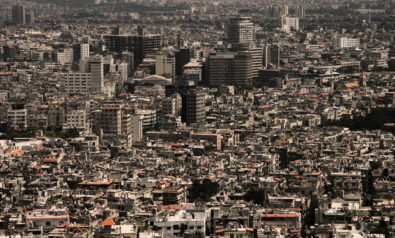

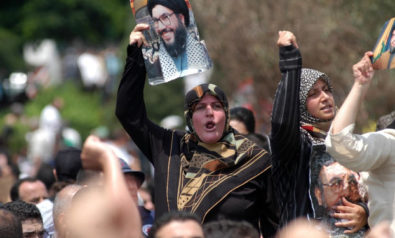
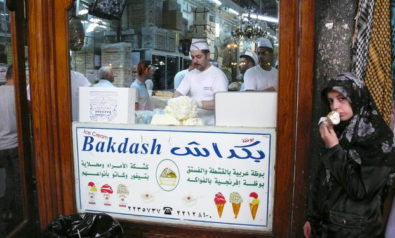

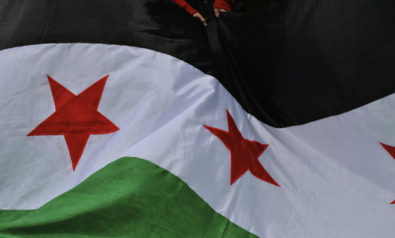
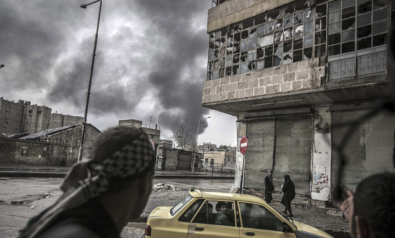

Comment